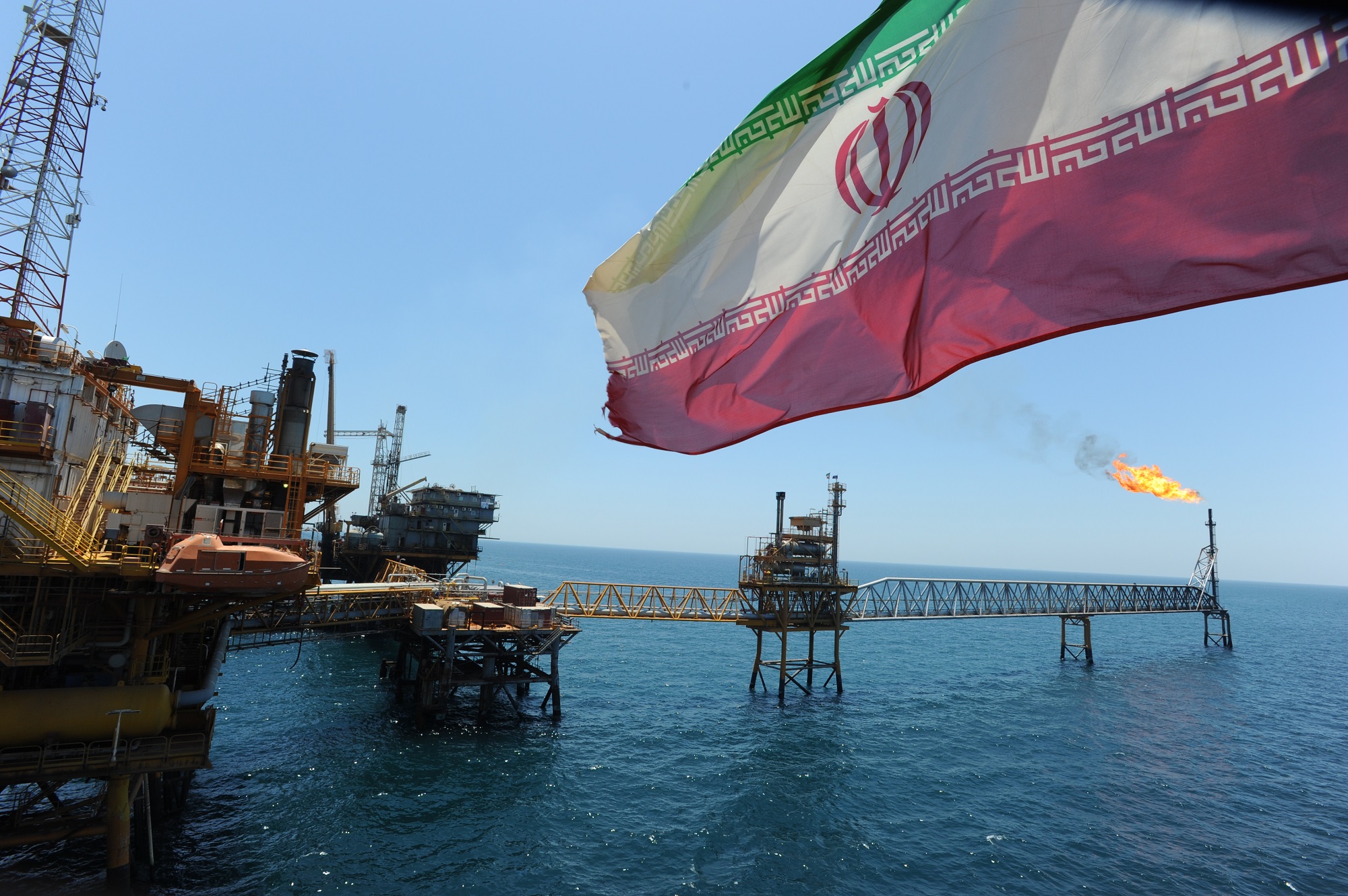
There is no doubt petroleum is the lifeblood of the Iranian regime’s economy. It’s one of the few natural resources the mullahs have left that has not been over-exploited or driven to ruin. During the time economic sanctions were lifted because of the Iran nuclear deal, the windfall of selling its oil on the open market once again pumped badly needed hard currency into the floundering Iranian economy and fueled its wars in Syria, Iraq
But even during the decade in which sanctions were in place, the mullahs and the Revolutionary Guard Corps personally profited from the illicit sale of oil on the black market and pocketed hefty commissions for family members through a shadowy network of middlemen.
Now the re-imposition of economic sanctions by the U.S. after pulling out from the nuclear deal is looming with the ban on sales of Iranian oil to commence next week. The sanctions beginning November 4th are geared to specifically hit the regime where it hurts, including:
- Sanctions on Iran’s port operators and shipping and shipbuilding sectors, including on the Islamic Republic of Iran Shipping Lines (IRISL), South Shipping Line Iran, or their affiliates;
- Sanctions on petroleum-related transactions with, among others, the National Iranian Oil Company (NIOC), Naftiran Intertrade Company (NICO), and National Iranian Tanker Company (NITC), including the purchase of petroleum, petroleum products, or petrochemical products from Iran;
- Sanctions on transactions by foreign financial institutions with the Central Bank of Iran and designated Iranian financial institutions;
- Sanctions on the provision of underwriting services, insurance, or reinsurance; and
- Sanctions on Iran’s energy sector.
The sanctions on shipping, petroleum, banking and insurance are aimed squarely at the financial engine that powers the Iranian regime’s corrupt empire. Since virtually all of the major industries in Iran are controlled directly by the government or the Revolutionary Guard Corps, the direct financial impacts of these sanctions hit the theocratic regime and are not aimed at the Iranian people.
It’s an important distinction since the Iran lobby, especially the National Iranian American Council, has long pounded on the messaging that the Iranian people are the ones being hurt the most by these sanctions.
Using today’s favorite hashtag, that’s just #fakenews.
The truth is that the regime’s own gross mismanagement, incompetence and deep corruption has been more than sufficient to run the Iranian economy into the ground. The fact that the country’s currency has steadily declined in value under the mullahs’ control is just one of many indicators of how they have managed to muck everything up.
The reason the U.S. sanctions are aimed at these particulars sectors is to deny the regime’s ability to finance terrorism and support the proxy wars it has waged on its neighbors. The sanctions are not aimed at stopping the flow of food, medicine or consumer products to the Iranian people.
The regime for example has been the one to block communications to the outside world, ban access to social media, artificially regulate the consumer market with heavy-handed regulations designed to keep the pipeline of luxury goods flowing to the entitled and privileged, but provide none of the support for the staples the Iranian people need to survive.
In a desperate effort to keep the flow of cash coming in, the regime offered up one million barrels of oil through the regime’s domestic bourse so its private sector could buy oil to resell to the international market.
The response from the global marketplace was tepid at best with only 280,000 barrels of crude oil being sold according to oil ministry news service Shana.
Saeed Khoshroo, NIOC’s director for international affairs, had said Sunday that the eased restrictions would cause the crude offered on the bourse to get snapped up immediately.
The fact that so little crude was bought highlights the growing impotence of the regime in trying to navigate a path out of the economic fallout coming next week.
Of special concern to the regime was the price paid on the bourse which was only $74.85/b in 35,000-barrel consignments. The steady decline in price demonstrates the belief in the global marketplace that shortfalls from Iranian supplies cut off by sanctions can be made up from other sources, as well as a projected global drop in demand, which has increased U.S. crude inventories and further drove the price down.
Iran’s last use of the bourse was in early April 2014, when US and EU sanctions on Iran were in force. Just 2,920 barrels were sold on the first day that the crude was offered, and a second offer a day later failed to find any buyers.
Hopes by the regime that things would be different this time around were dashed and raise an ugly prospect for the mullahs: “What happens when the cash stops flowing?”
For the regime, the cut-off of money raises the specter that the Iranian people may now have the best opportunity ever to force regime change in demanding concessions from the mullahs and Revolutionary Guard Corps to loosen their iron-grip on the country and clear a pathway for greater democracy; especially the introduction of legitimate opposition parties.
The loss of oil revenue is likely to keep driving the value of the rial down and fuel more inflation – both have been drivers of popular uprisings and protests throughout Iran – thereby adding to the volatile and combustible mix of anger aimed at the ruling mullahs.
On Saturday, Iran’s parliament approved a government economic reshuffle, according to a Reuters report in an effort to try and convince the population the regime was trying to address its concerns, but will reshuffling of regime leaders be enough to stave off regime change this time?
We don’t think so.
Michael Tomlinson